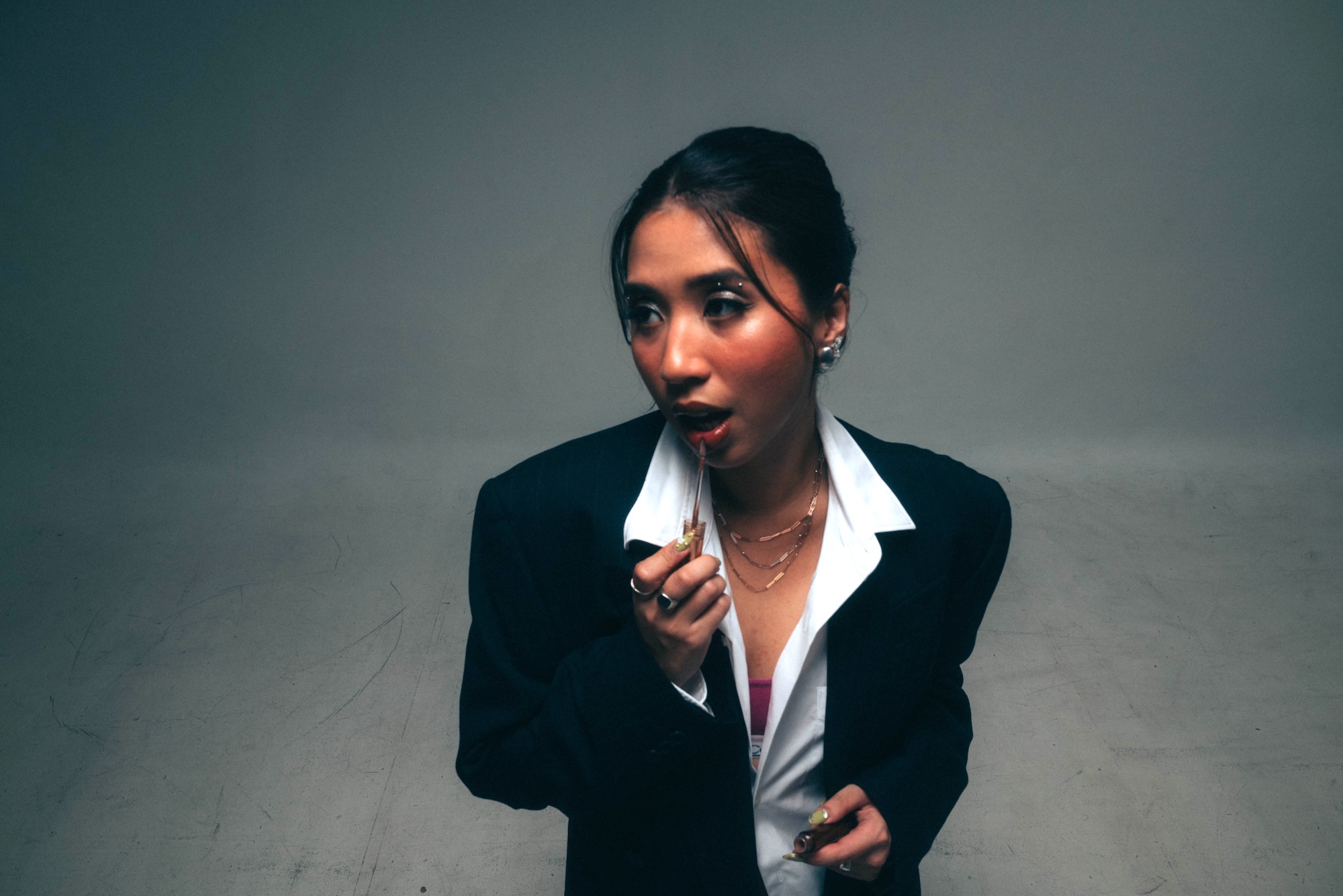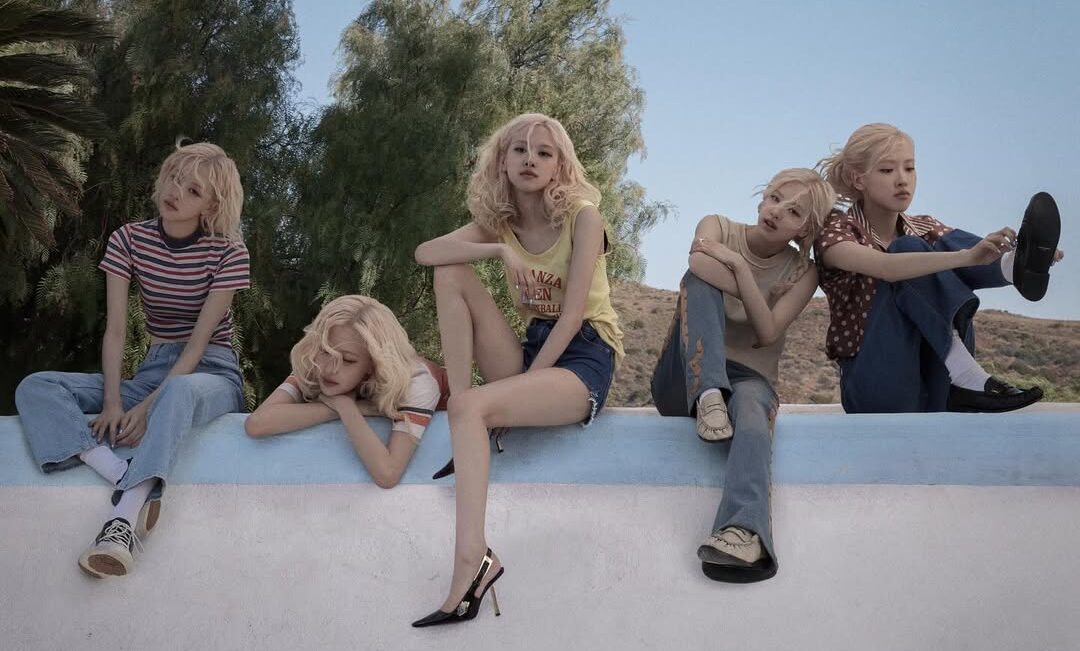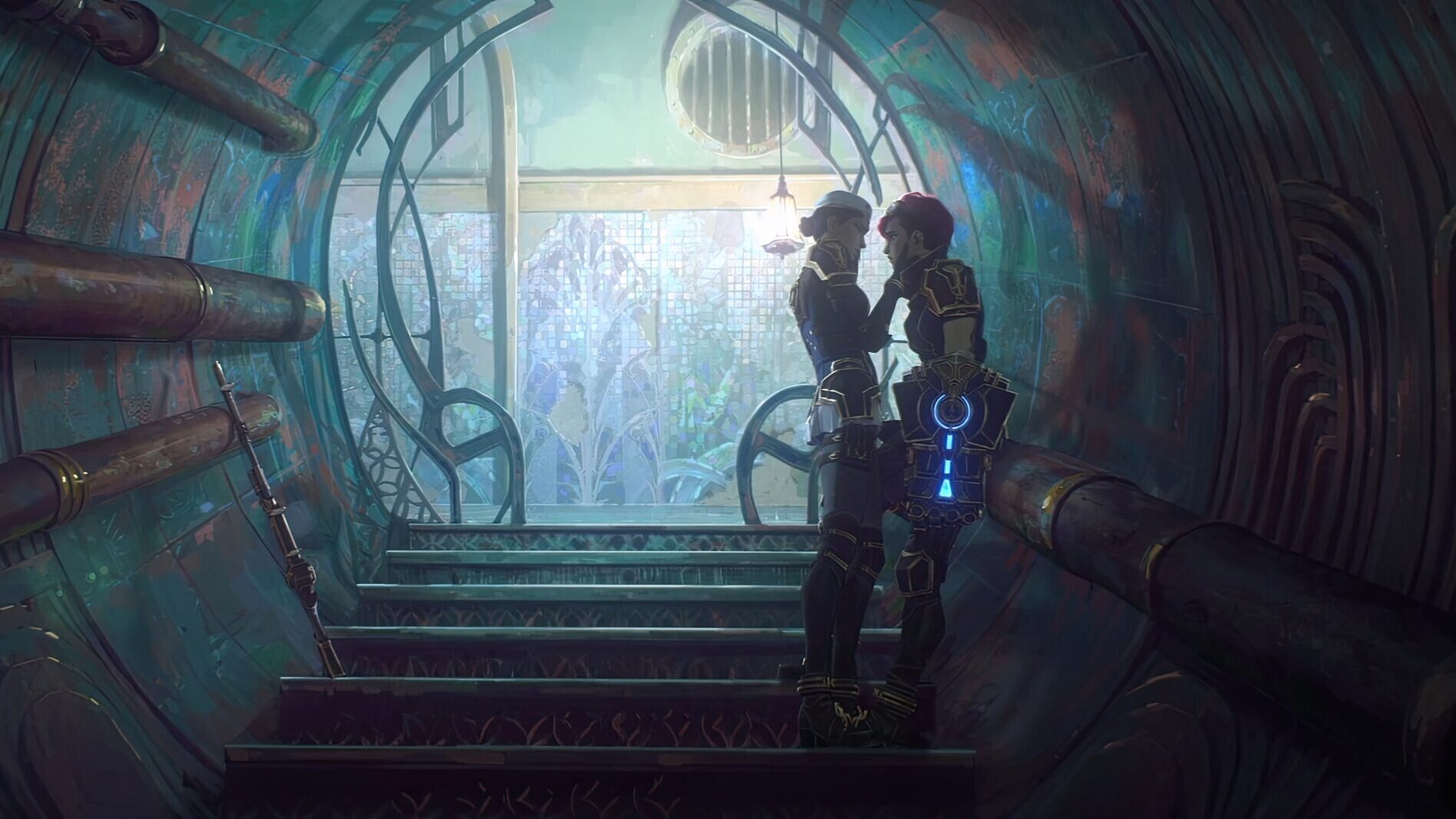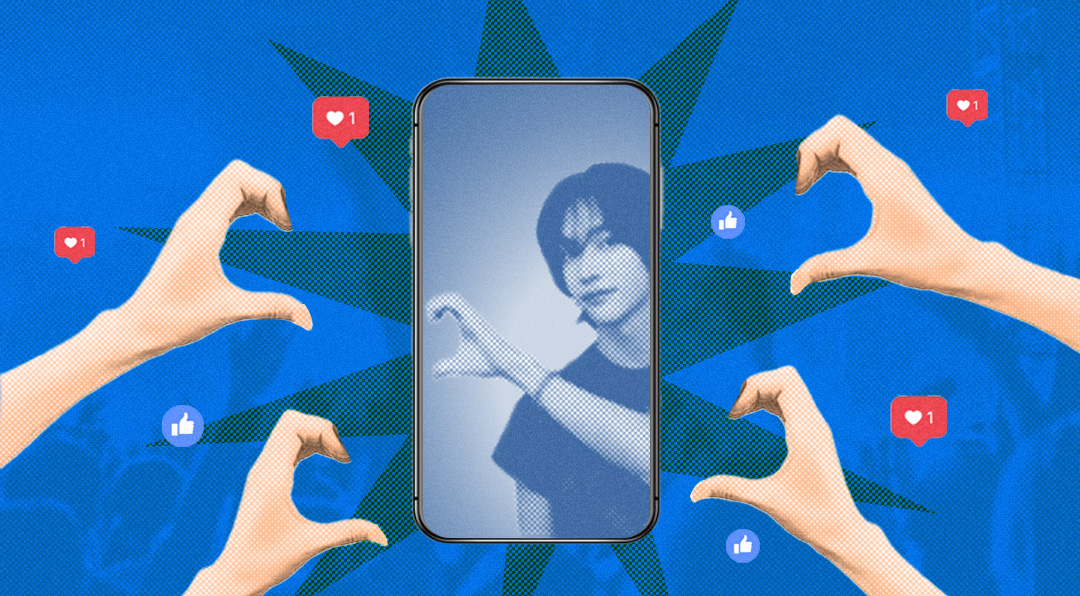By Carmel Ilustrisimo
Before “The Greatest,” there was “Cheap Thrills.” Before “Cheap Thrills” came “Alive,” “Big Girls Cry,” “Elastic Heart,” “Chandelier,” and others. But it was “Chandelier” that placed Sia’s music videos among the most analysed, sought after, and remembered, and her latest music video is a tribute to all those that came before it, right up to “Chandelier.”
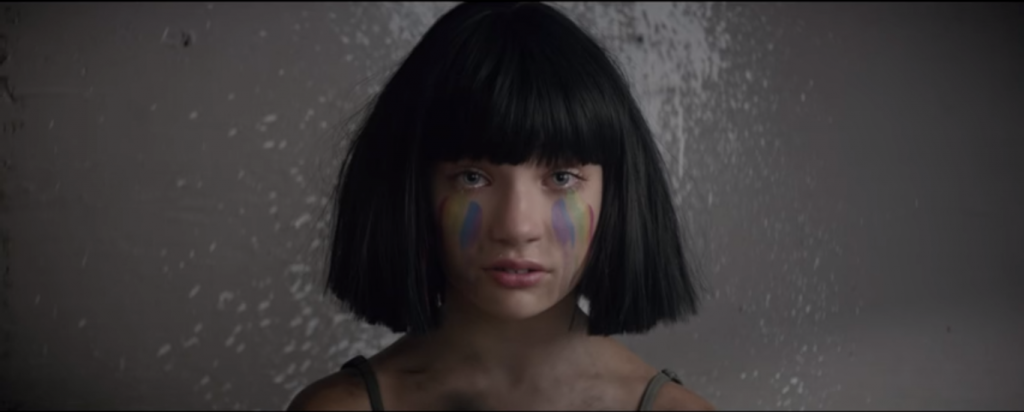
Interestingly, Sia’s history is not the only tribute it pays to.
The video begins in an empty room. Sia’s dancing protégé, young Maddie Ziegler, wipes the tears off her face, her hands leaving small rainbows on her cheeks—the symbol of the LGBT movement. At once, a message is conveyed. The video shows young people huddled in a group, or lying unconscious in a pile on the floor, in a barred room. All of their faces are painted grey. Likewise, their unadorned, stained clothes are grey. Only Maddie is wearing a black wig and a stained brown leotard.
This opening scene is very poignant. Maddie is frustrated, crying, screaming, flailing her arms, trying to wake them up as a low siren is heard in the background. There is no other sound. Only when the music kicks in, and the lying children begin twitching into consciousness, does the siren’s low hum stop.
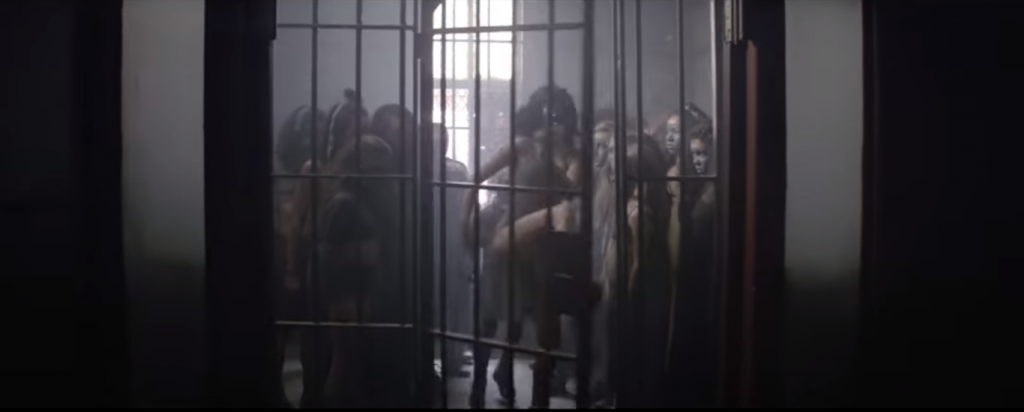
Maddie kicks the prison door open and leads them through a corridor that, in turn, leads to a staircase. Sunlight filters through the cracks, representing hope for the running children. They sprint up the stairs and enter another corridor. They’re in the same house in “Chandelier.” The scene that follows is particularly poignant: hopeful, sad, and ironic all at once. The other children choose to stick to the walls or crumple down on the floor, the way society stomps on LGBT children. Maddie tries to lift up their spirits, but to no avail. The ones she’s previously talked to return to their slumped positions as Maddie progresses down the hallway.
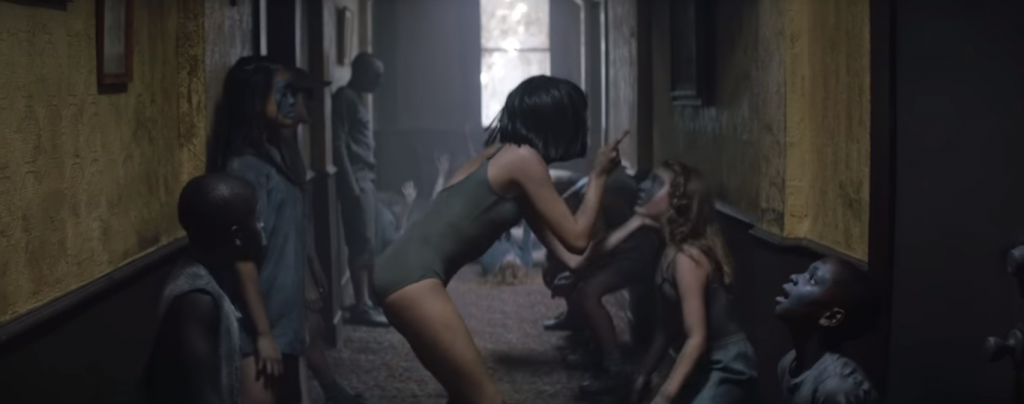
The most powerful part of the video is the chorus. The children suddenly rise and dance together, to the words “I’m free to be the greatest / I’m alive.” Why is this so sad? The children suddenly look alive, healthy, and free, even though they return to their slumped positions at the end of the chorus, a recurring pattern throughout the whole music video. The chorus cements this video as a tribute: the Pulse Nightclub, where 50 people died in a tragic shooting, was considered a “safe space” for many LGBT people, where they felt “free and alive.” We don’t know if Maddie’s reviving the children in the video, or the LGBT victims, or if she’s just imagining them in their happier days.
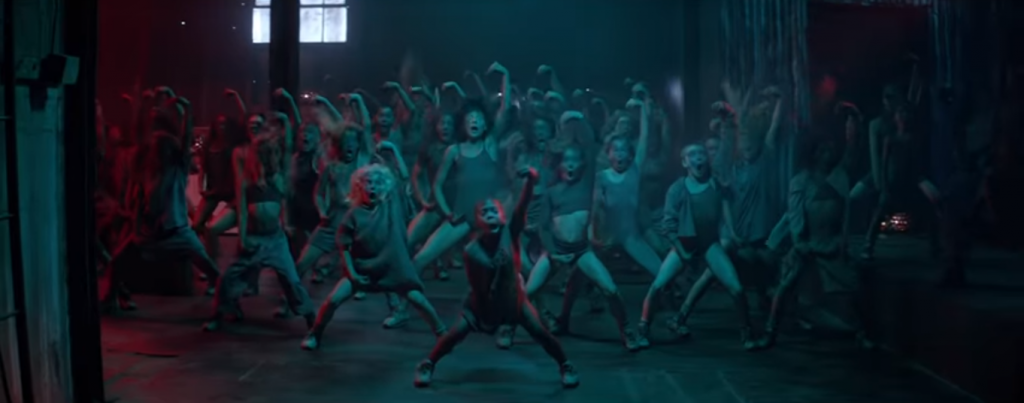
Even though Maddie’s performance was phenomenal, some have argued that the video could have been more powerful if an openly LGBT dancer were the lead, someone representing the movement. This was what made “Alive” similarly powerful, since it represented the Asian community and their resilience, by showing a Japanese girl doing karate throughout the whole video.
But as an ally song, “The Greatest” also works. After all, Maddie is Sia’s mini-me, a representation of her childhood and inner child in “Chandelier,” “Elastic Heart,” and “Big Girls Cry.” Maybe this video is about Sia reaching out to the LGBT community. As the hashtag at the beginning of the video puts it (#WeAreYourChildren), all lives matter, but especially those whose lives are often dehumanized or ignored. Especially those who are LGBT or aren’t white.
Yes, representation matters, and is stronger than anything allies could ever come up with. However, while the privileged have a part to play in inequality, it’s also up to them to provide support and understanding, and Sia’s video adeptly shows that.

